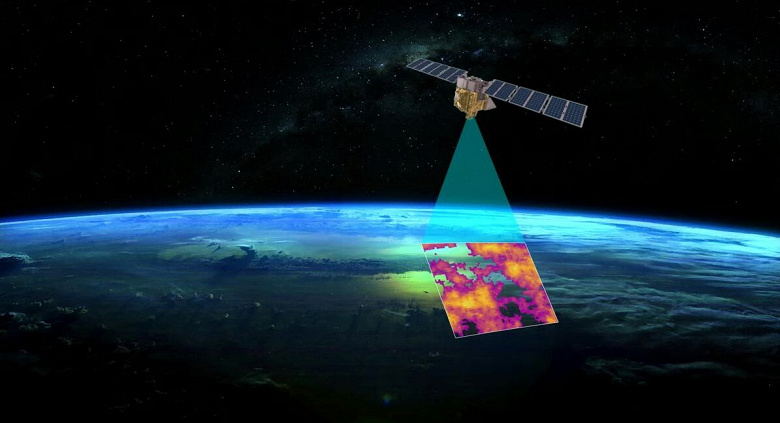Accurate information on methane emissions will help reduce the environmental footprint of the oil and gas sector
On March 4, the innovative MethaneSAT satellite was successfully launched aboard SpaceX's Falcon9 rocket. The satellite, backed by Google owner Alphabet Inc and the Environmental Defense Fund (EDF), has an important mission to monitor oil and gas industry methane emissions from space to combat climate change and slow global warming.
The launch of MethaneSAT is a joint effort between Google, EDF, the New Zealand Space Agency and Harvard University. The satellite will use the computing power of Google Cloud to process information and provide interactive data about detected methane emissions.
At the 2021 G20 summit, the IMEO program was launched, a major climate change initiative that planned to create a global dataset on methane emissions. In January, the Biden administration proposed new rules that would require accurate emissions reporting. The EU, Japan and Korea have committed to collecting empirical data on methane emissions from gas importers and suppliers. For this purpose, data from the European Space Agency's Sentinel satellites and the Tracking Foot «constellation» Canadian company GHGSat. However, MethaneSAT will provide more detailed information and broader coverage to help better combat methane pollution problems.
EDF commented that the project is of great importance to about 50 oil and gas companies that pledged to reduce methane emissions at the COP28 summit last December. MethaneSAT will also be useful for those planning to comply with upcoming EU and US methane emissions regulations, including the methane pollution levy.
Methane emissions are a serious problem from the point of view of the greenhouse effect; the power of this gas exceeds the warming capacity of carbon dioxide by 80 times. The oil and gas industry is one of the largest sources of methane emissions, surpassing emissions from agricultural waste and landfills.
To make information on methane emissions more accessible, interactive data will be provided through the EDF website and the Google Earth Engine analytics platform. This will allow the general public to track progress in combating methane pollution and encourage companies to reduce their emissions to meet the challenges of climate change.

